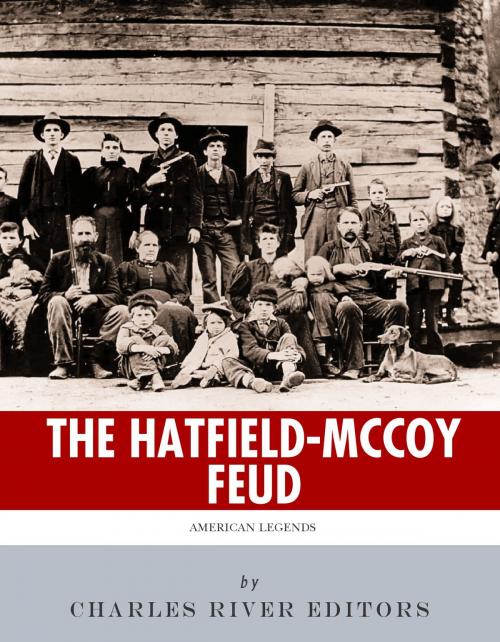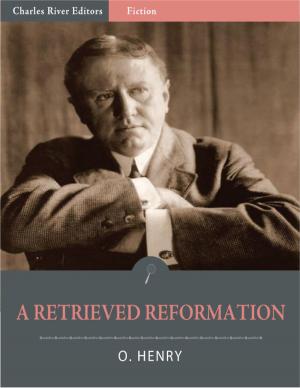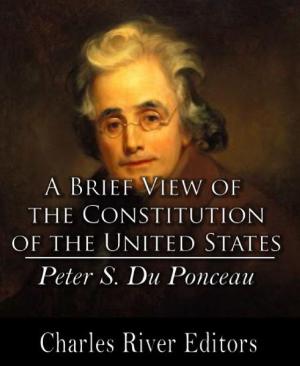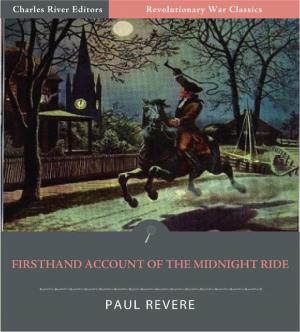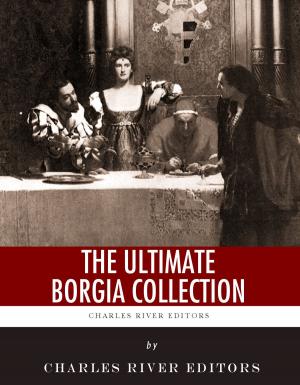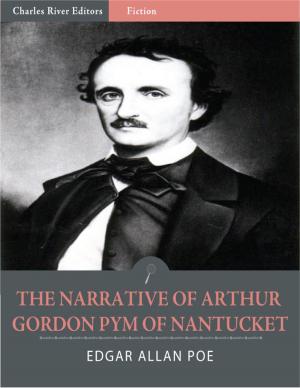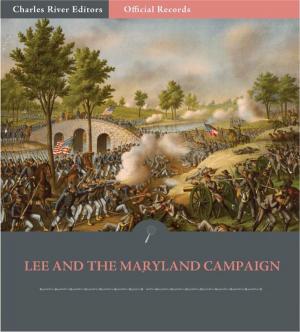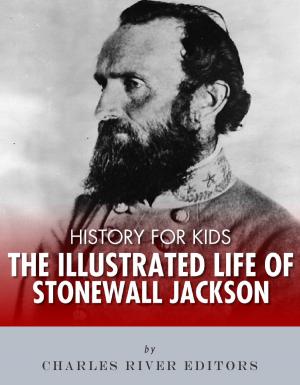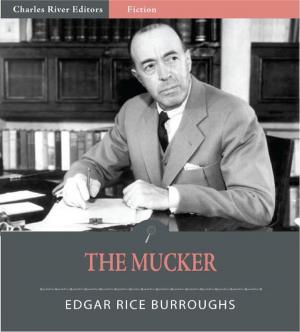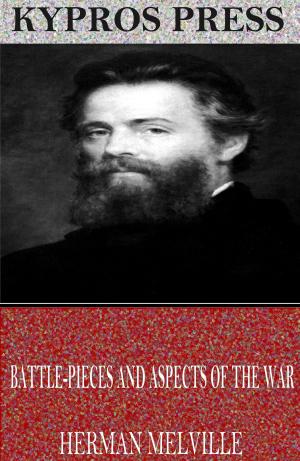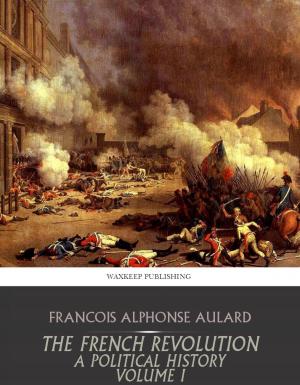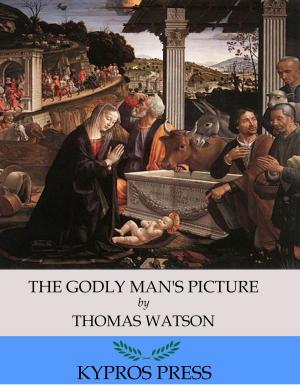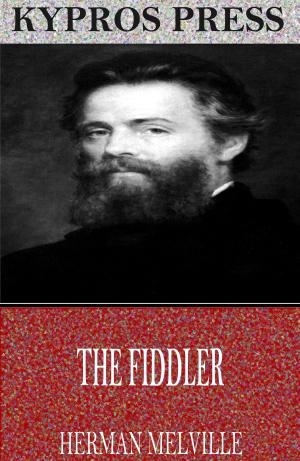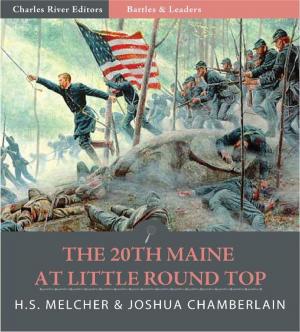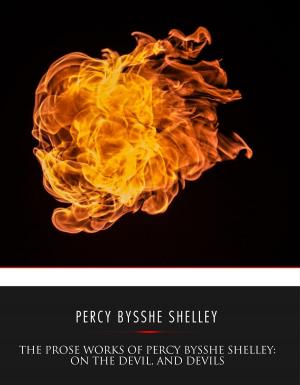American Legends: The Hatfields & The McCoys
Nonfiction, History, Americas, United States, 19th Century, Biography & Memoir, Historical| Author: | Charles River Editors | ISBN: | 9781475320022 |
| Publisher: | Charles River Editors | Publication: | December 2, 2012 |
| Imprint: | Language: | English |
| Author: | Charles River Editors |
| ISBN: | 9781475320022 |
| Publisher: | Charles River Editors |
| Publication: | December 2, 2012 |
| Imprint: | |
| Language: | English |
*Includes pictures of some of the important people, places, and events involved in the feud. *Explains the origins and legacy of the famous feud.*Includes a timeline of the feud.*Includes a Bibliography for further reading.*Includes a Table of Contents. "They were men, who matched the mountains, they were Hatfields and McCoys. They were men, who matched the mountains. They were men, when they were boys." Jimmy Wolford A lot of ink has been spilled covering the lives of historys most influential figures, but how much of the forest is lost for the trees? In Charles River Editors American Legends series, readers can get caught up to speed on the lives of Americas most important men and women in the time it takes to finish a commute, while learning interesting facts long forgotten or never known. The feud between the Hatfields and McCoys is the stuff of American legend and has become synonymous for vendettas. In fact, it has become its own term for any large scale disagreement and has made its way into everything from music to television and movies. Though the fighting took place over a century ago, Americans remain so fascinated by it that The History Channels 2012 miniseries about the feuding families set records for cable television ratings. These days, the feud between the Hatfields and McCoys is a celebrated piece of American folklore, but for two families living along the West VirginiaKentucky border during the last half of the 19th century, the feud was literally a matter of life and death. 21st century America might celebrate this relic of the countrys rural past, but modern society would also likely scoff at the idea of a couple of rural families taking pot shots at each other through the woods over slights as insignificant as a stolen pig. Nevertheless, for the Hatfields and McCoys, the feud was every bit as dangerous as a modern gang war or organized crime activity.While the feud may be harder to understand today, it was a microcosm of other conflicts that shaped Americas destiny. First, it represents the heritage of the blood feud that came to the United States with those immigrating from Scotland and Ireland. The backcountry of the South was settled primarily by immigrants from the Celtic fringe of Great Britain: Scotland, Northern England, Cornwall, Wales, and Ireland. For these settlers, family ties were paramount; loyalty was key, and conflicts were settled with violence. The feud also demonstrated the continuing importance of honor in the South in the late 19th century, and a notion that personal honor should be defended against actual or perceived slights with violence. Clearly, the Souths code of honor persisted long after the Civil War, as did tension between supporters of the Union and the Confederacy. American Legends: The Hatfields & The McCoys chronicles Americas most famous blood feud, from the origins of each family to the events that sparked the fighting. Along with pictures of important people, places, and events, you will learn about The Hatfields and The McCoys like you never have before, in no time at all.
*Includes pictures of some of the important people, places, and events involved in the feud. *Explains the origins and legacy of the famous feud.*Includes a timeline of the feud.*Includes a Bibliography for further reading.*Includes a Table of Contents. "They were men, who matched the mountains, they were Hatfields and McCoys. They were men, who matched the mountains. They were men, when they were boys." Jimmy Wolford A lot of ink has been spilled covering the lives of historys most influential figures, but how much of the forest is lost for the trees? In Charles River Editors American Legends series, readers can get caught up to speed on the lives of Americas most important men and women in the time it takes to finish a commute, while learning interesting facts long forgotten or never known. The feud between the Hatfields and McCoys is the stuff of American legend and has become synonymous for vendettas. In fact, it has become its own term for any large scale disagreement and has made its way into everything from music to television and movies. Though the fighting took place over a century ago, Americans remain so fascinated by it that The History Channels 2012 miniseries about the feuding families set records for cable television ratings. These days, the feud between the Hatfields and McCoys is a celebrated piece of American folklore, but for two families living along the West VirginiaKentucky border during the last half of the 19th century, the feud was literally a matter of life and death. 21st century America might celebrate this relic of the countrys rural past, but modern society would also likely scoff at the idea of a couple of rural families taking pot shots at each other through the woods over slights as insignificant as a stolen pig. Nevertheless, for the Hatfields and McCoys, the feud was every bit as dangerous as a modern gang war or organized crime activity.While the feud may be harder to understand today, it was a microcosm of other conflicts that shaped Americas destiny. First, it represents the heritage of the blood feud that came to the United States with those immigrating from Scotland and Ireland. The backcountry of the South was settled primarily by immigrants from the Celtic fringe of Great Britain: Scotland, Northern England, Cornwall, Wales, and Ireland. For these settlers, family ties were paramount; loyalty was key, and conflicts were settled with violence. The feud also demonstrated the continuing importance of honor in the South in the late 19th century, and a notion that personal honor should be defended against actual or perceived slights with violence. Clearly, the Souths code of honor persisted long after the Civil War, as did tension between supporters of the Union and the Confederacy. American Legends: The Hatfields & The McCoys chronicles Americas most famous blood feud, from the origins of each family to the events that sparked the fighting. Along with pictures of important people, places, and events, you will learn about The Hatfields and The McCoys like you never have before, in no time at all.
